Montana’s wide-open landscapes, strong tourism sector, and relative affordability have made it one of the most promising frontiers for short-term rental investors. Whether you’re eyeing a modern apartment in Bozeman, a luxury condo in Big Sky, or a lakefront vacation rental near Glacier National Park, the Big Sky State offers a combination of dependable seasonal demand and a growing appetite for high-quality lodging alternatives to hotels.
If you’re exploring investment opportunities, it’s worth exploring short-term rental insurance in Montana to understand how tailored coverage can protect your property, income, and guests. You’ll also want to familiarize yourself with Montana rental property tax laws and regulations, Montana landlord-tenant laws, and Airbnb and short-term rental laws to stay compliant as the market evolves.
Why Montana appeals to short-term rental investors
Montana combines a landlord-friendly legal climate with breathtaking scenery and an economy that depends heavily on outdoor recreation. Visitors pour into the state year-round for skiing, hiking, fishing, and national-park tourism. Airbnb and VRBO listings have surged accordingly, giving investors the chance to capitalize on both peak-season tourism and off-season getaways.
Compared to other mountain states, Montana’s acquisition costs are relatively moderate. Investors can often find high-quality homes or multi-unit properties for a fraction of what they would pay in places like Aspen or Jackson Hole. The trade-off is a pronounced seasonality: many markets see ADRs and occupancy soar in summer and winter but soften during shoulder months. Successful hosts plan cash flow around these cycles, using dynamic pricing or longer minimum stays to stabilize income.
Finally, while Montana’s statewide laws remain favorable, local sentiment is shifting. Some municipalities—particularly Bozeman and Whitefish—are beginning to examine zoning or licensing limits to preserve housing for residents. For investors, that underscores the importance of local research and proactive compliance. With smart planning and solid insurance, the Montana STR landscape remains an attractive play for both steady yield and long-term appreciation.
Bozeman: Montana’s dynamic college and gateway city
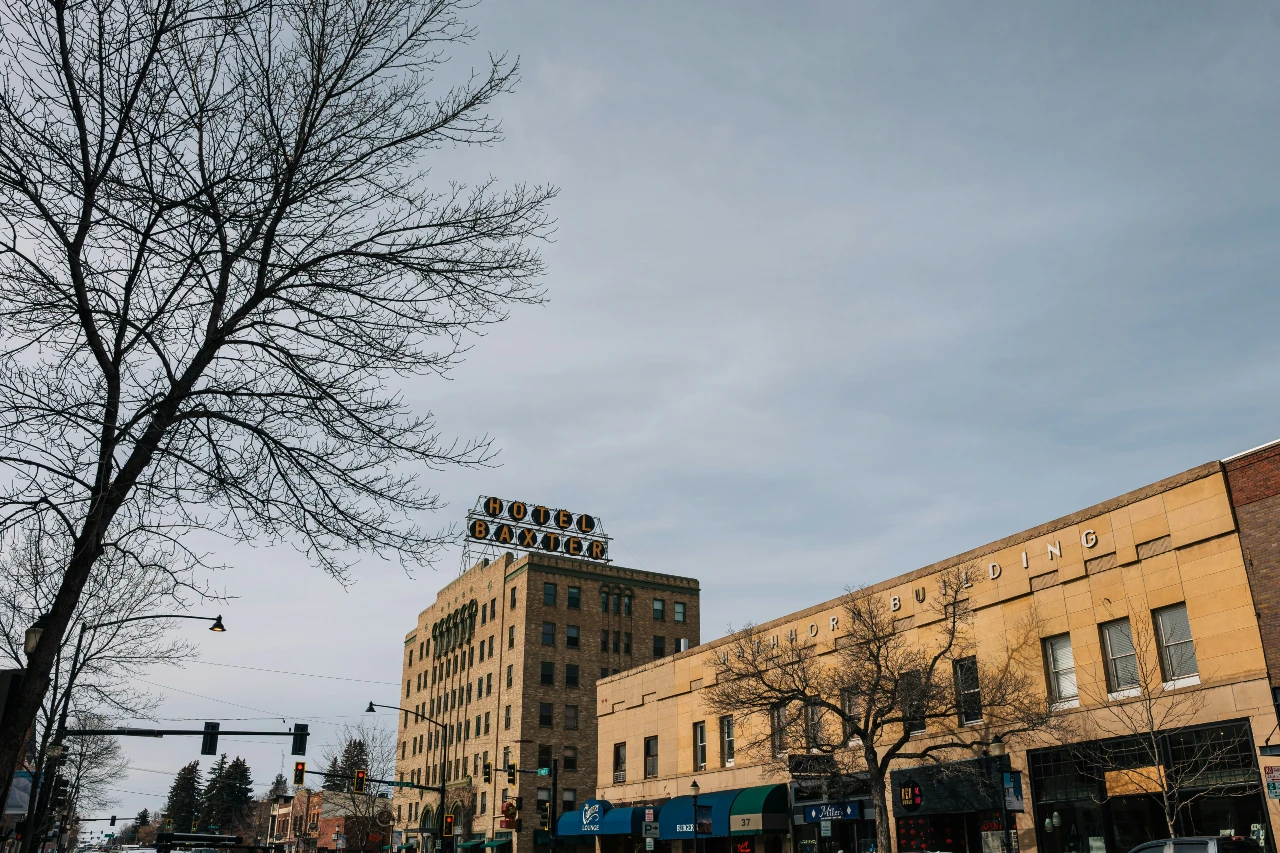
Bozeman has quickly evolved from a quiet university town into one of the state’s most competitive real-estate markets. Its proximity to Yellowstone National Park and its reputation as a tech and lifestyle hub have fueled strong short-term rental demand across every property type—from downtown apartments to mountain-view condos on the outskirts.
Average occupancy rates hover near 50 percent with nightly rates around $280, and top properties regularly exceed $40,000 in annual revenue. Investors benefit from Bozeman’s dual-source demand: steady tourism alongside academic and professional travel tied to Montana State University and the regional tech corridor. This helps temper seasonal fluctuations, especially in neighborhoods within walking distance of downtown or campus.
Bozeman’s diverse economy and year-round visitation create a resilient base of renters. Guests come not only for skiing and summer hiking but also for conferences, university events, and relocations tied to the city’s growing job market. Strong infrastructure—an expanding airport, reliable property-management companies, and robust cleaning services—makes operations smoother than in remote resort towns.
Still, Bozeman’s popularity has driven up property values dramatically, compressing potential cap rates. In addition, the city council has fielded calls for stricter short-term rental regulation to combat rising housing costs. Investors should stay ahead of local rule changes and factor potential registration or zoning adjustments into their forecasts.
Investor takeaway: Bozeman suits investors who want balanced risk and consistent occupancy rather than pure luxury margins. Mid- to upper-tier apartments and condos tend to perform best, particularly when they combine urban walkability with access to outdoor recreation.
Big Sky: Luxury, seasonality, and high margins
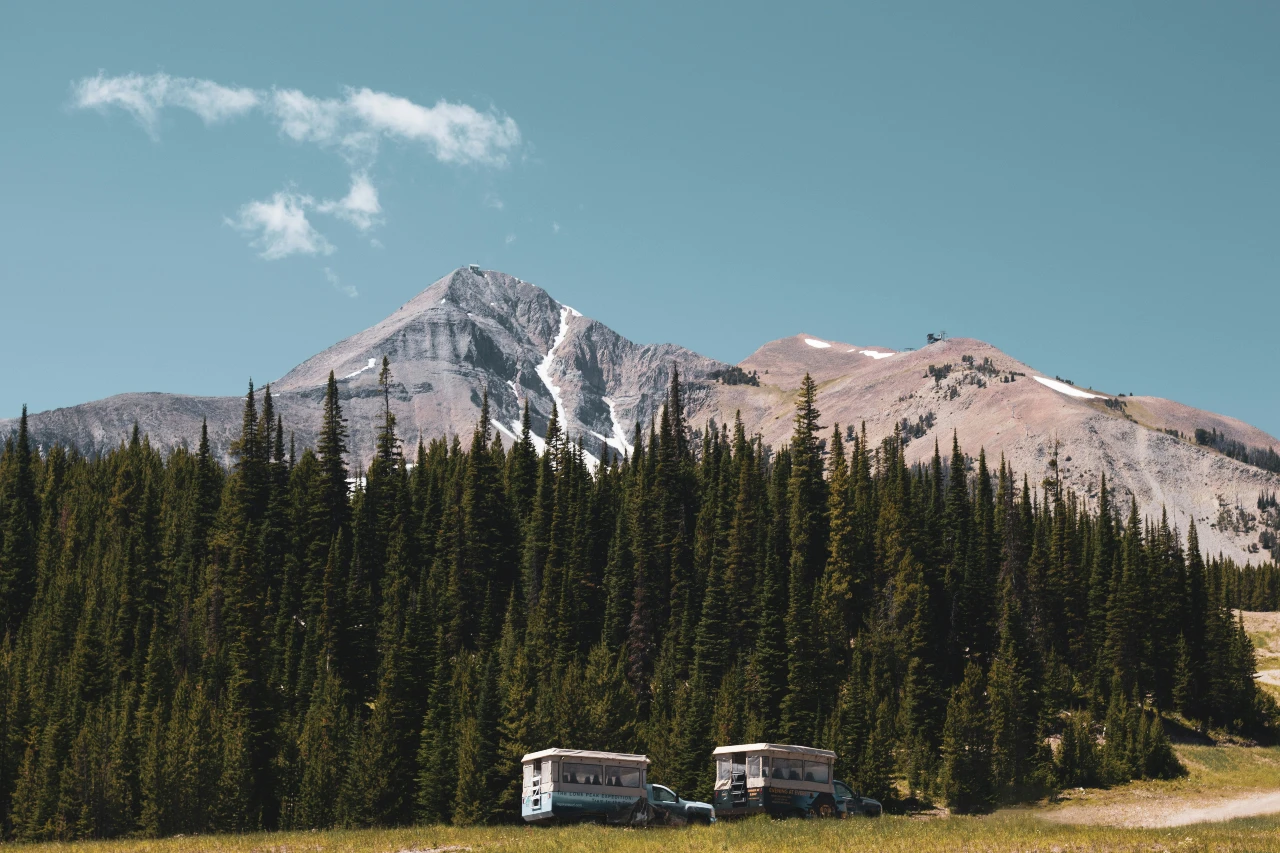
Big Sky represents the pinnacle of Montana’s luxury vacation-rental market. Anchored by world-class ski resorts and high-net-worth tourism, it offers some of the highest average daily rates (ADRs) in the state—often exceeding $500—and annual revenues topping $100,000 for well-managed properties.
Demand is concentrated in two distinct seasons: ski months (November through April) and summer adventure season. Occupancy often drops sharply in spring and fall, so investors must plan for downtime and variable cash flow. Yet even with pronounced seasonality, Big Sky remains attractive because of its pricing power; nightly rates during peak periods can offset months of slower bookings.
Big Sky’s tourism ecosystem is robust. Guests tend to book longer stays, spend more per night, and seek premium amenities—hot tubs, fireplaces, concierge services—that justify higher pricing. The area’s infrastructure improvements, including expanded resort facilities and airport connectivity via Bozeman Yellowstone International Airport, have strengthened accessibility and year-round appeal.
The same exclusivity that drives profit also raises barriers to entry. Acquisition costs are steep, inventory is limited, and maintenance is expensive. Winter weather can complicate logistics, and local housing policy is a growing concern in resort communities. Investors should budget for snow removal, higher turnover costs, and potential regulation over time.
Investor takeaway: Big Sky is best for experienced operators comfortable with high-value assets, luxury positioning, and pronounced seasonality. When managed well, it delivers some of the most lucrative returns in the Rocky Mountain region.
Glacier Country: Whitefish, Kalispell, and Flathead Valley
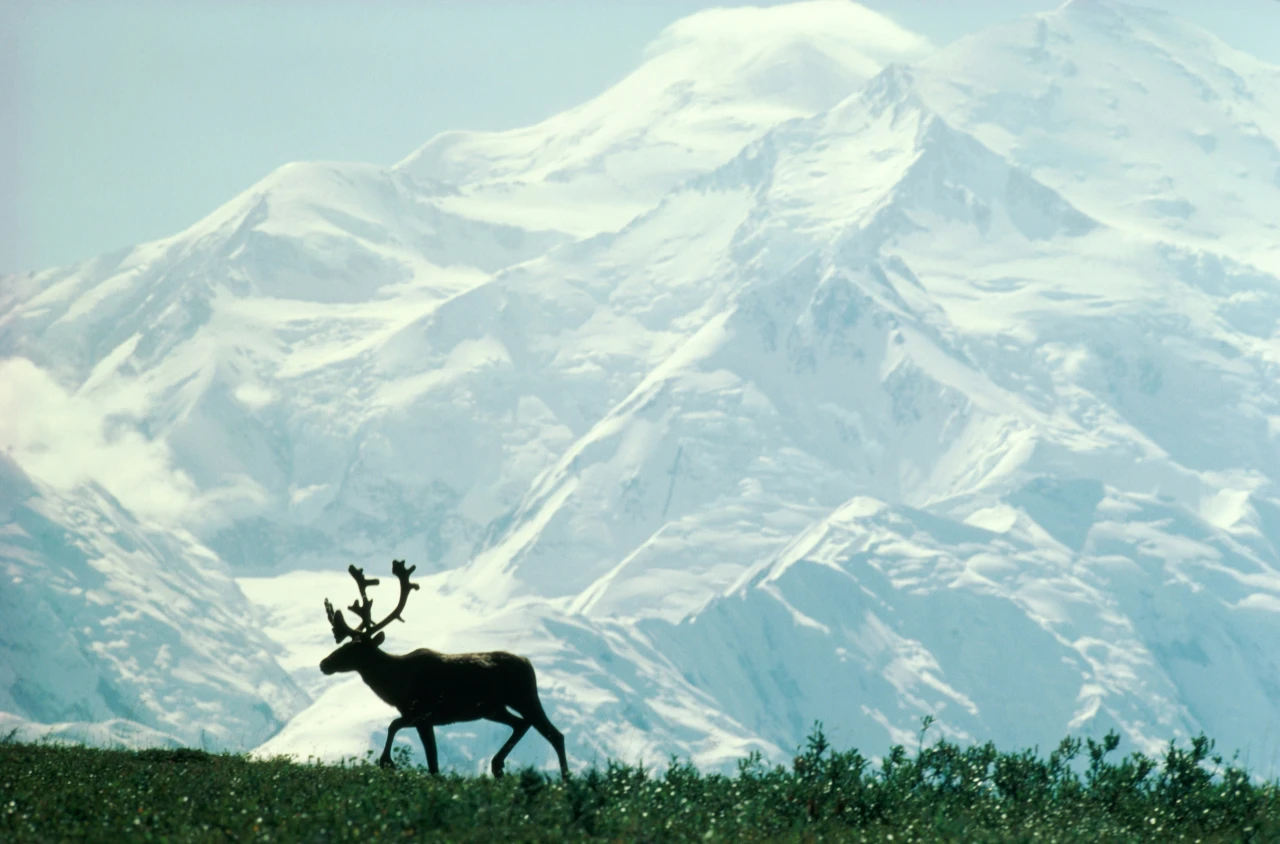
Northern Montana’s Glacier Country region—anchored by Whitefish, Kalispell, and the Flathead Valley—offers investors a balanced mix of affordability, accessibility, and strong tourism fundamentals. Each summer, millions of visitors pour into Glacier National Park, driving demand for short-term accommodations that traditional hotels can’t fully supply.
Whitefish in particular has become a boutique destination, attracting both outdoor enthusiasts and affluent travelers seeking lake views and walkable downtown nightlife. Kalispell and Columbia Falls provide lower entry costs and more flexible zoning, making them attractive for investors priced out of premium resort towns. Properties emphasizing natural views or proximity to park trailheads tend to see strong seasonal bookings.
Unlike Big Sky’s ultra-luxury focus, Glacier Country depends heavily on summer tourism. Occupancy rates peak from June through September and can drop significantly in winter. Savvy investors offset this by targeting extended-stay guests, offering discounted month-to-month rates, or partnering with local companies to house seasonal staff.
On the plus side, acquisition prices remain lower than Bozeman or Big Sky, and regulatory enforcement has been lighter in most towns. However, returns can be volatile if wildfires, park closures, or weather events disrupt tourism. Community sentiment also bears watching, as Whitefish has debated restrictions to preserve workforce housing.
Investor takeaway: Glacier Country suits hands-on investors who value lower barriers to entry and are comfortable managing around seasonality. A well-located apartment or condo with strong amenities can yield healthy returns, especially when paired with solid marketing and professional management.
Missoula: Stable, student-driven, and community focused
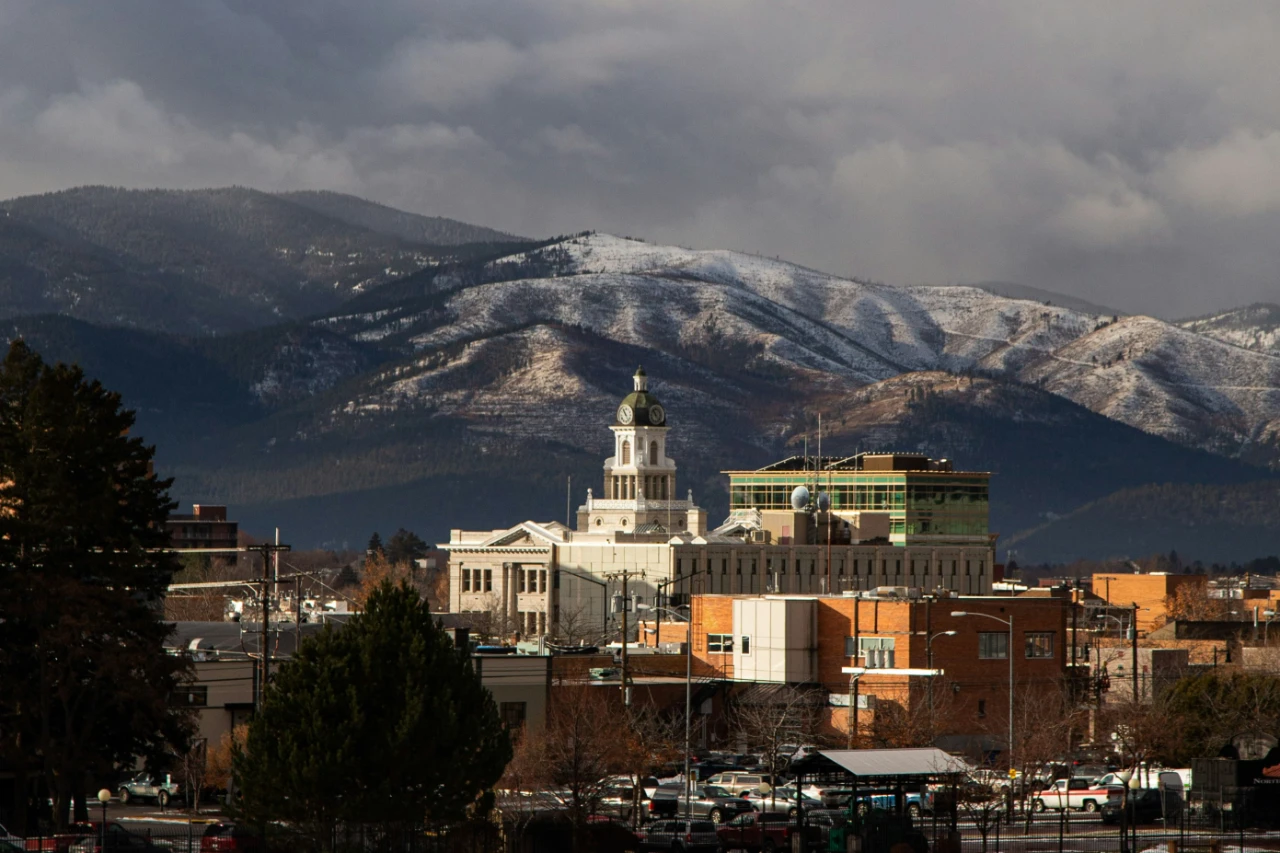
Missoula doesn’t have the flashy luxury market of Big Sky or the tourist surge of Glacier, but it’s one of Montana’s most dependable year-round short-term rental markets. The University of Montana anchors the local economy, generating steady traffic from visiting faculty, prospective students, and family stays. The city also attracts outdoor travelers drawn to the Clark Fork River, nearby hiking, and a thriving arts and restaurant scene.
From an investment standpoint, Missoula offers a mix of stability and growth potential. Its STR demand is supported not just by leisure tourism but also by regional healthcare, conferences, and university events. Investors can achieve solid occupancy throughout the year, particularly for mid-range properties near downtown, university housing, or the riverfront corridor.
The city’s affordability compared to Bozeman means entry costs are more accessible, and the market is less saturated. However, regulatory attitudes lean more cautious—Missoula has discussed licensing and caps to prevent over-concentration of STRs in residential neighborhoods. Understanding local zoning and following compliance procedures are critical for sustainability.
Investors should also budget for moderate returns relative to the luxury markets. ADRs are lower, but occupancy stability can make up for it, yielding attractive cash-on-cash performance. Missoula is a great example of a market where consistent bookings matter more than premium pricing.
Investor takeaway: Missoula is ideal for investors seeking lower volatility, consistent occupancy, and a community-driven market. It’s also a strategic location for investors testing Montana’s STR landscape before expanding into higher-priced resort towns.
Helena: Affordable, steady, and under-the-radar
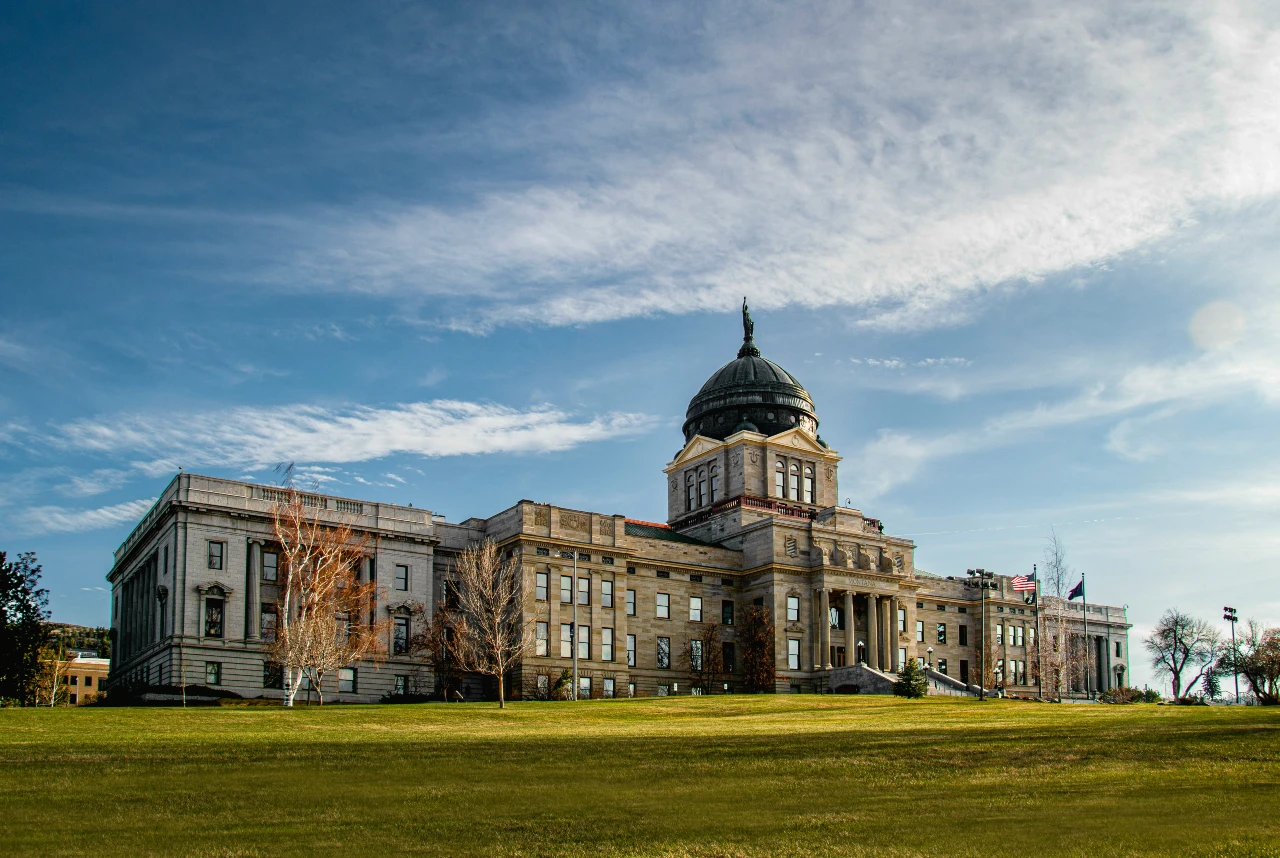
As the state capital, Helena is less flashy than Montana’s tourism hubs but offers reliable year-round rental demand tied to government travel, business, and regional events. With a population of roughly 33,000 and a stable employment base, it provides predictable occupancy and low competition among short-term rental operators.
Helena’s affordability stands out. Property prices are lower than in most major Montana markets, allowing investors to enter at a reasonable cost. Many successful hosts here operate smaller homes, duplexes, or condos that appeal to business travelers, families visiting state offices, or tourists stopping between Yellowstone and Glacier National Parks.
The city’s slower pace has kept regulation light. While Helena encourages responsible hosting, it hasn’t imposed the same strict STR ordinances seen in larger metros. This gives investors flexibility—though it’s still wise to monitor any future updates to municipal codes as statewide conversations about housing continue.
Financially, Helena is more of a long-game market. Nightly rates are modest, but occupancy rates are high, and competition remains thin. With thoughtful furnishings, professional cleaning, and accurate pricing, even smaller properties can achieve strong ROI. The low overhead and steady guest flow make Helena attractive for both new and experienced investors seeking diversification.
Investor takeaway: Helena is an under-the-radar market offering low acquisition costs, dependable occupancy, and minimal competition. It’s not a high-yield luxury play—but it’s a stable performer in a state where many markets are either expensive or highly seasonal.
What to consider before you buy
Buying a short-term rental in Montana requires understanding both opportunity and regulation. Each municipality controls its own zoning and licensing, so verifying whether a property qualifies for short-term rental use is essential. Start by reviewing Airbnb and short-term rental laws in Montana to gauge local restrictions and registration processes.
Taxes are another key factor. Montana imposes state and local lodging taxes on transient stays under 30 days, which can impact your net yield. Our guide to Montana rental property tax laws and regulations explains how properties are classified and taxed. Some investors explore the short term rental loophole for potential tax advantages, though this strategy should always be reviewed with a professional.
Legal compliance extends beyond STR licensing. Understanding Montana landlord-tenant laws is equally important, especially if you plan to transition between short-term and long-term leases in shoulder seasons. And while Montana is known for being landlord-friendly, there are still clear boundaries on what landlords cannot do—familiarizing yourself with them protects both you and your guests.
Insurance and risk in Montana’s vacation rental market
Operating a short-term rental in Montana comes with its own set of risks. Properties in mountain or rural areas are more exposed to severe weather, frozen pipes, wildlife damage, and accessibility challenges. At the same time, guest turnover increases the potential for property damage and liability incidents. Standard homeowners insurance typically doesn’t cover these risks.
That’s why comprehensive short-term rental insurance is vital. Specialized coverage protects against guest damage, lost income, liability claims, and weather-related events while ensuring you stay compliant with mortgage and platform requirements. For high-value assets in places like Big Sky or Bozeman, customized coverage can also include extended replacement costs and business-interruption protection, giving investors peace of mind year-round.
Read more: Top 5 short-term rental markets in Arizona
Final thoughts
Montana’s short-term rental market combines natural beauty, high tourism demand, and a regulatory environment that still favors landlords. Yet it also demands thoughtful underwriting, strong operational planning, and reliable insurance protection.
Bozeman offers diversified, year-round demand in a rapidly growing urban setting. Big Sky delivers luxury margins for those comfortable managing seasonality and high capital outlays. Glacier Country provides a balanced, lower-cost entry point with excellent summer performance. Together, these markets create a range of options suited to nearly any investment profile.
At Steadily, we help property owners protect and scale their portfolios with tailored coverage for Airbnb, VRBO, and vacation-rental properties. If you’re ready to safeguard your Montana investment, get a quote today and keep your short-term rentals protected in every season.


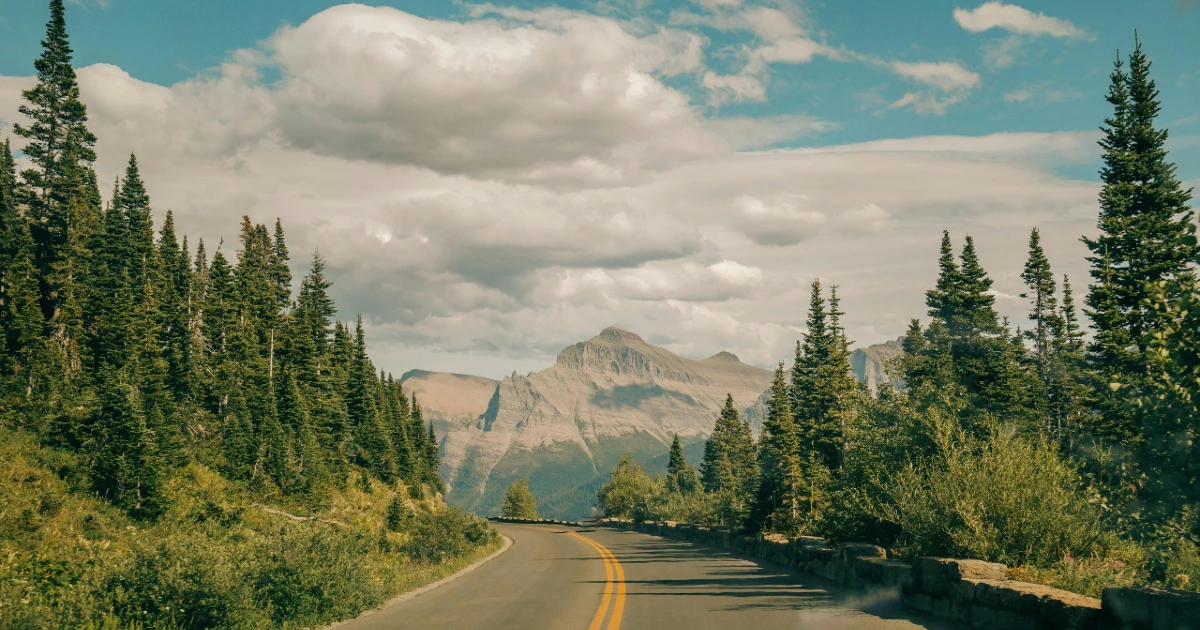



.png)
.jpg)
.jpg)


.png)